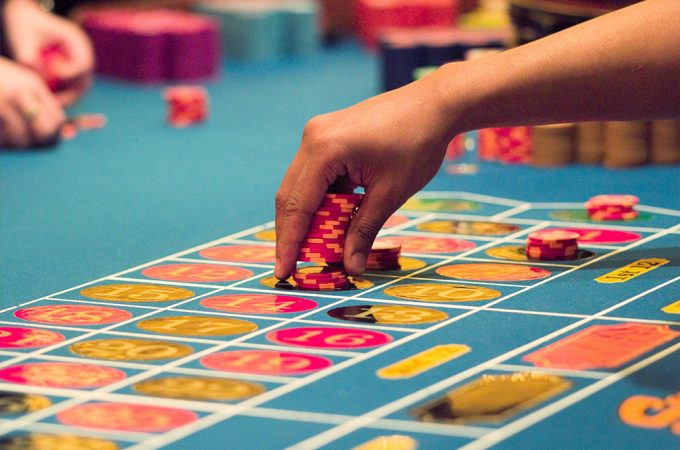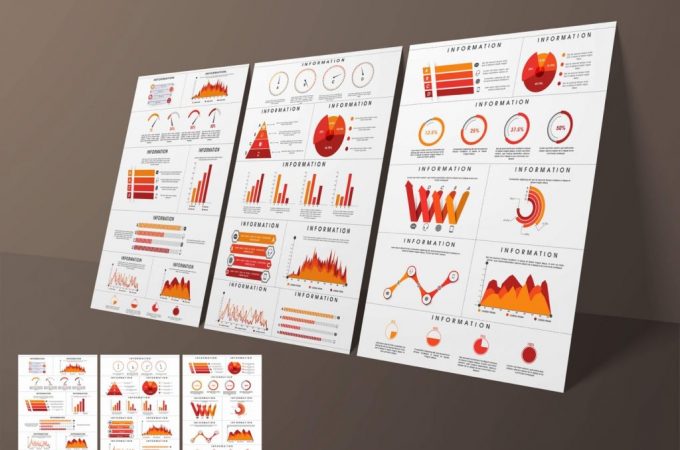
What it Means to Live off the Grid
At first glance, living off the grid can mean to go on a remote location, miles away from any urban area, and stop to rely on all of the convenience of a bustling city. It’s peaceful, healthier, without all the ongoing tumult that you have to put up with each day. However, that is only partially true.
Living off the grid mainly refers to the power grid that is an essential part of the city. It means taking it upon yourself to produce power, but not only that you also are not using city water, telephone line, and sewage. People do this to go green and use alternative energy sources that have significantly lower carbon emissions. Here we will explore these lifestyles in order to see what they are all about.
Going off the grid in practice
 Although this sounds attractive and responsible, it’s not as easy and as convenient as we would like to believe. Still, you can make a meaningful difference by going partially off the grid. You can use clean energy to power your utilities but if you cannot entirely meet the required energy output, you can use the city’s power grid to bridge the gap.
Although this sounds attractive and responsible, it’s not as easy and as convenient as we would like to believe. Still, you can make a meaningful difference by going partially off the grid. You can use clean energy to power your utilities but if you cannot entirely meet the required energy output, you can use the city’s power grid to bridge the gap.
If you wish to truly live off the grid you can follow the example of other citizens. You would need to dig up your well for water supply, and also create a septic tank in order to handle the sewage problem. You can use solar panels for solar energy along with the wind-electric turbine to utilize wind energy.
Green energy
Since it’s 2020 renewable energy sources are way more available. You can probably see plenty of houses nowadays using photovoltaic solar panels, which are either placed on the roof or in the near vicinity of the home. These use sunlight to convert it to direct current and as it passes through a converter it becomes alternating current that you use to power up your home.
Wind power is harnessed through a big turbine that looks like a tower or windmill which can be up to 120 feet tall. The air current or wind moves the propeller which serves as a rotor to a power generator, and once again through the inverter, the direct current is changed into alternating current.

Bear in mind that the majority of people who have an off-grid lifestyle also keep a backup generator in their home. The reason for this is because both solar and wind power are not entirely reliable. If it’s not sunny, or if it’s not windy you won’t be able to consistently generate enough energy. So, it’s useful to have a backup source just in case.
Water and sewer
This part is also tricky, as you would need to drill deep into the ground in order and pump the water out of the hole. Bear in mind that you need a special kind of drill or equipment that is in compliance with the latest regulations for designing private wells. Also depending on the depth of the well the price can go up to $15.000 in order to construct it. However, this is not the only way to have water. You can use a cistern to gather water when it’s raining. The rain will gutter and be directed into an underground tank that you can later use as a water supply for your household. Lastly, you will need a large septic tank, where water is funneled, and you will need a service provider to drain that tank every now and then.





